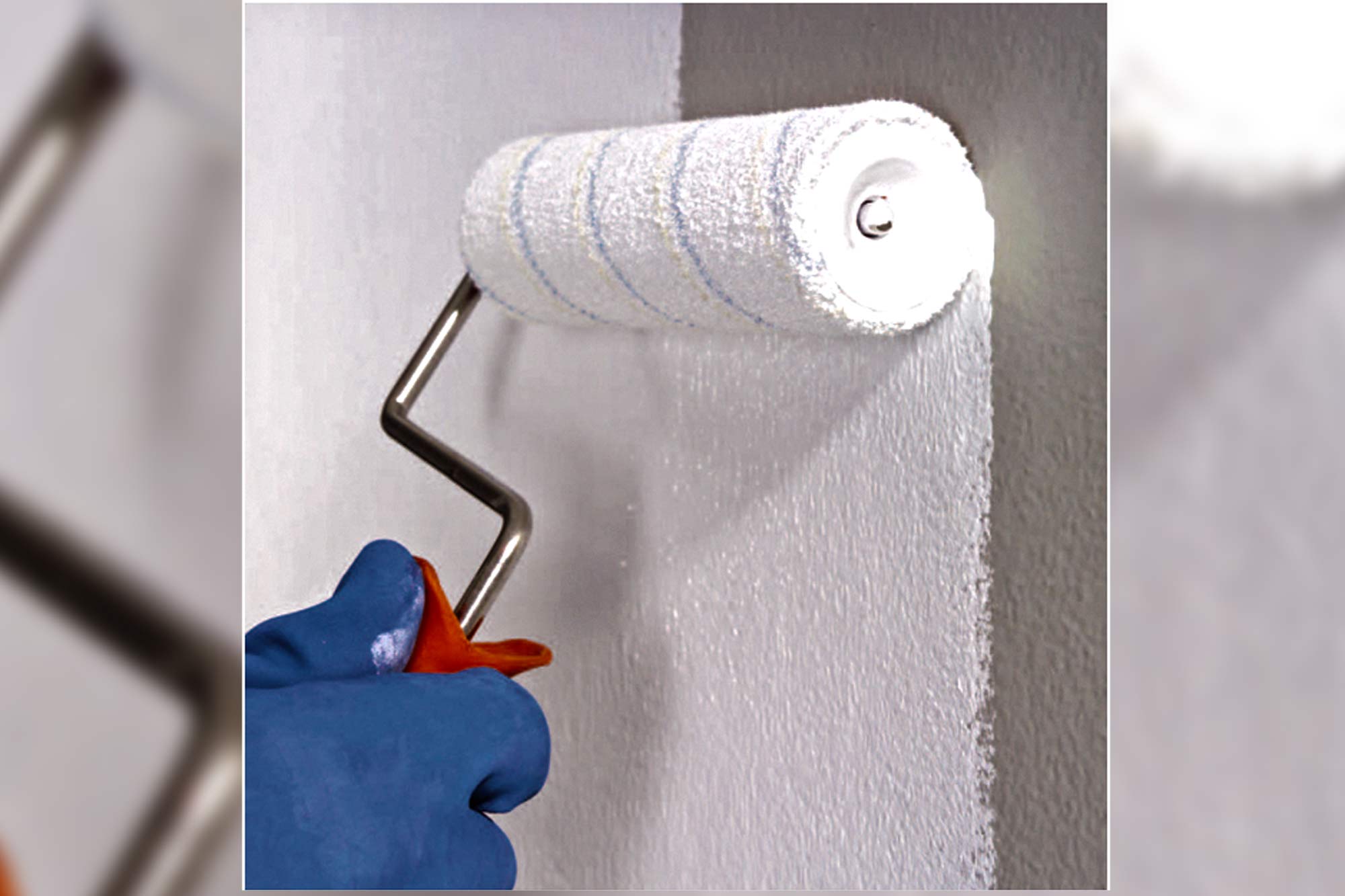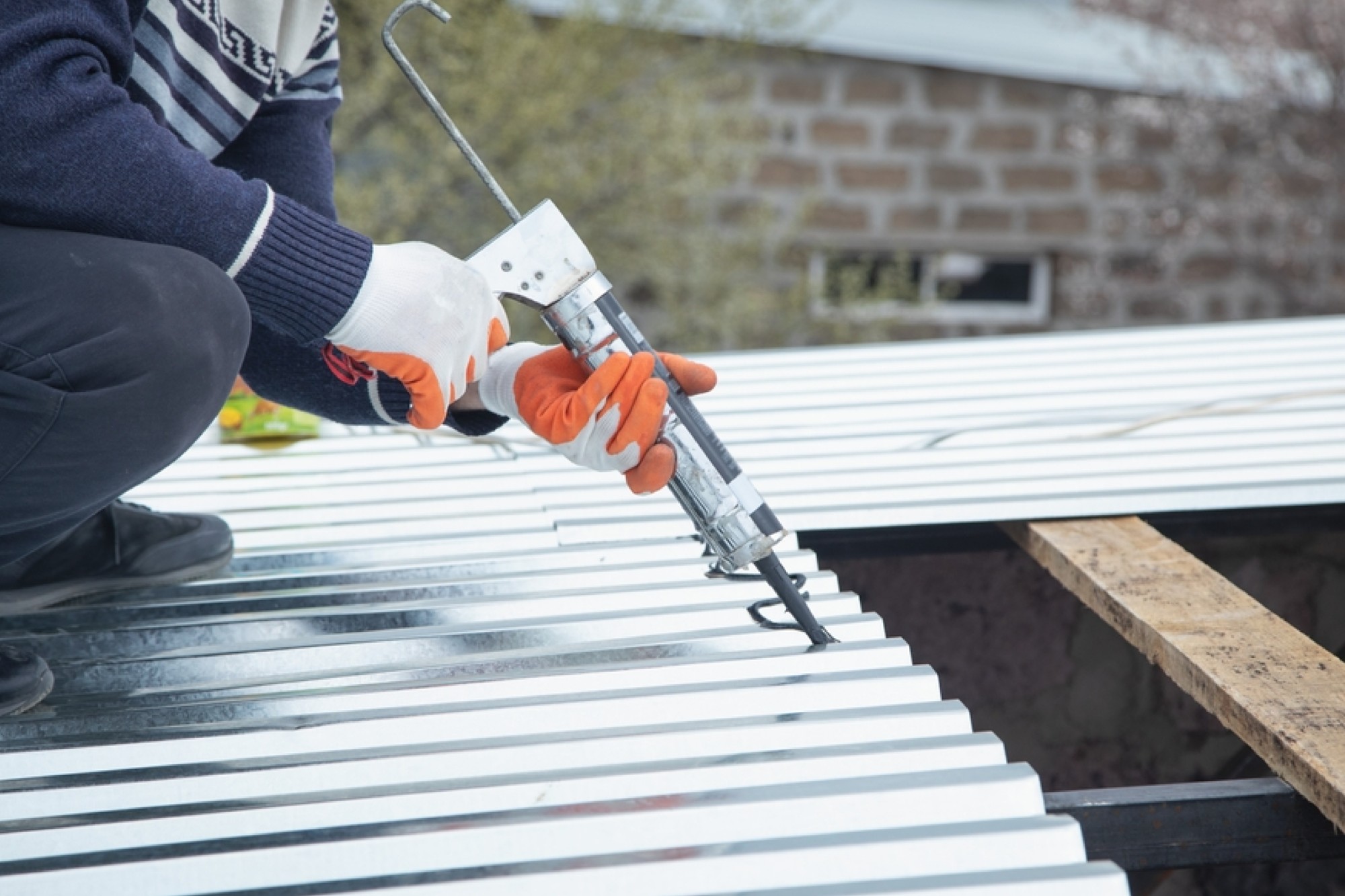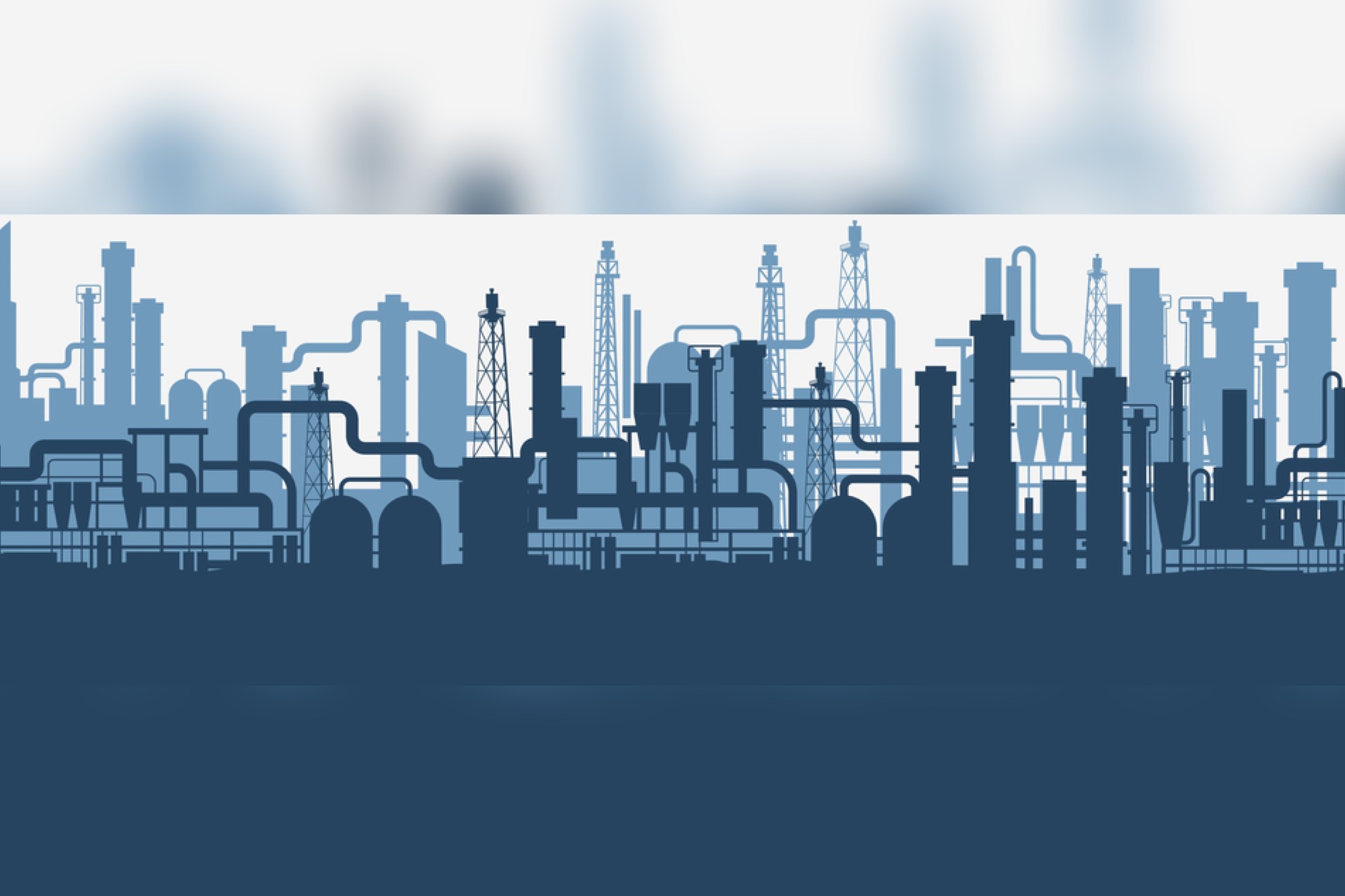Trending Sustainable Construction Materials
By Edit Team | April 13, 2018 8:37 am SHARE

A report on how to select non-toxic materials for construction
Today most construction chemicals are formulated with modern chemicals and raw materials. These materials have themselves evolved over time to be made more non-toxic and environmentally friendly. Newer technologies are aiming towards creating more solvent-free or water based construction chemical systems. Take a look:
Impact of REACh on the environment and human health
According to Sunny Surlaker, Head – Admixture Division, MC-Bauchemie, Internationally, to ensure the safe production and use of chemicals, the member states of the European Union have agreed a uniform chemical legislation, REACh, with a strong focus on the protection of human health and the environment. He adds, “With REACh the formulators now take a central position between manufacturers and users of chemicals. They ensure that risks are communicated consistently and without fail within the supply chain.”
Surlaker informs, “MC-Bauchemie stands for reliable compliance with REACh and supports its customers in its practical application. These kinds of initiatives, while upping the environmental and health quotient of construction chemicals will help bring the entire sustainability issue into focus.”
In the Indian scenario, referring to technical and safety data sheets can help communicate the hazards of each material and help select the correct safety procedures involved in the use of the construction chemical materials.
Lower the toxicity, greater the quantity to be absorbed
M N Ramesh, MD, Talrak Construction Chemicals Pvt Ltd, says, “The materials chosen for construction of built environment can have a significant effect on health of the occupants. Many types of construction materials, from plywood to paints, contain chemicals and toxins that can be released into the indoor environment. When these substances are used the indoor air quality is challenged and becomes potentially health hazardous. Toxicity is the ability of a substance to produce an unwanted effect, directly or indirectly, when such substances or coming in contact with the living bodies or gain access in to the air.”
Most of the naturally available materials, if uncontaminated, are nontoxic. These materials are not harmful, if ingested or inhaled. But it is seldom possible to produce materials by using only natural materials. Hence one more parameter known as ‘hazardousness’ should be considered. He opines, “A material may be very toxic, but not hazardous, if it is handled properly and is not absorbed into the body. On the other hand, a material may have a very low toxicity, but be very hazardous.”
Hence, more toxic a material is, the smaller the amount of it is necessary to be absorbed before harmful effects are caused. The lower the toxicity, the greater the quantity of it is necessary to be absorbed. Generally, the toxicity of a chemical is determined through experiments on animals and measured in terms of the amount of material necessary to cause death in 50 per cent of the test animals. These values are called LD50 (lethal dose) or LC50 (lethal concentration).
Go for materials that contain low VOC
Ramesh believes in order to select non-toxic materials for construction, the use of such materials in the products should be minimised to as lowest quantity as possible if not avoided; as toxicity is an inherent property of the material.
Ramesh explains, “The modern approach is to go for materials that contain low VOC (Volatile Organic Compounds). Hence industry, of late, looks at the use of water based materials instead of going in for material with volatile solvents. The examples for such materials are water based coatings, waterproofing materials, vegetable oil based mould release agents, water based curing compounds etc. to name a few.“
Ramesh adds, “We, at Talrak, adopt this approach in the formulations of most of our products.”
Local availability
Nikhil Rangari, Asst. Manager Marketing, Choksey Chemicals Pvt Ltd, says, “Any construction composes of various materials like cements, sand, construction chemicals, plywood, paints, etc. Any of the materials used may or may not contain toxins which can cause health hazard to humans and the surrounding environment.”
He adds, “With growing awareness to conserve the environment, construction companies are now asking for eco-friendly products for their current and upcoming projects providing their customers assurance towards Green building initiative.”
He opines, “There are a few important criteria that needs appropriate attention while selecting and using eco-friendly, non toxic construction materials like local availability of the product and follows the thumb rule of 3R’s – Reduce, Recycle and Reuse.”
With regards to the construction chemicals the products should adhere to the following properties:
• Should not possess CFC’s reproductive toxicants.
• Should adhere to only minimum emission level of volatile organic compound (VOC).
• Products should be moisture resistant so that it can resist growth of biological contaminants in building.
• The products should be energy efficient and affordable.
Action against toxic ingredients
Vijay Bhuskute, Head Technical for Construction Chemicals, BASF India, informs, “Government bodies continue to analyse many of the chemicals added to or used to make building products and have taken action against toxic ingredients like PVC, lead, mercury, and halogenated flame retardants which are commonly used in building components (and have known health and toxicity problems, thus with potential to become deadly under specific conditions).”
Bhuskute outlines how to select non-toxic materials for construction:
By referring Material Safety Data Sheet (MSDS)
Occupational Safety and Health Administration (OSHA) – required documents supplied by manufacturers of products containing hazardous chemicals. MSDSs contain information regarding potentially significant levels of airborne contaminants, storage and handling precautions, health effects, odor description, volatility, expected products of combustion, reactivity, and procedures for spill cleanup. BASF offers clear MSDS indications for all products and mention the toxicity levels if applicable.
Ask for products that support sustainable construction
Building materials like MasterEmaco SBR ECO are eco-friendly solutions with low VOCs, meaning mostly non-toxic for use.
Look for Third-Party certification
Certification is often used to substantiate the environmental attributes of specific products (such as the percentage of recycled content) so opt for products whose certification is performed by an organisation independent from those who manufacture the product.
Identify products with low Volatile Organic Compound (VOC) content
VOC are chemicals that contain carbon molecules and have high enough vapour pressure to vaporise from material surfaces into indoor air at normal room temperatures. While most VOCs are relatively inert at typical indoor concentrations, they can react with oxidants such as ozone and possibly nitrogen oxide and nitrogen dioxide to form reactive species and possibly strong irritants which may cause eye and upper respiratory irritation, nasal congestion, headache, and dizziness. Water based systems with low VOCs are normally non-toxic.
Formaldehyde free Admixtures
Formaldehyde (a carcinogen to human) is generally used as a preservative in admixture formulations. BASF India has made all the admixture formulation free from formaldehyde 2013 onwards.
A few Sustainable construction materials:
Centrilit NC –Nano-Crystallising High Reactivity Pozzolan
Surlaker from MC-Bauchemie states, “We believe in improving structures and conserving resources with systems aligned to sustainability in a safe manner. Our products are designed as a combination of specialised fillers and environmentally and health safe chemicals. Of course, since these are chemicals, they do warrant some precautions, but in principle are safe to use.”
He adds, “Some of our materials such as Centrilit NC – Our Nano-Crystallising High Reactivity Pozzolan, helps optimise cement content in concrete mixes and also enhances the durability of concrete significantly, making it a key product in our green initiative.” The company also specialises in curing compounds (Emcoril Range) that help save curing water and minimise its use.
Further, he explains, “Our waterproofing (Dichtament and Zentrifix Range), repair (Nafufill and Zentrifix Range), flooring and protection systems (EmceColor-flex and Betonflair Range), help to extend the service life of the structures and use fewer resources in the maintenance and repair of the systems in the future. Our product systems are environmentally friendly, free from solvents and harmful chemicals, all the essentials needed for safe usage of construction chemicals.”
TECHOXY 3 – a two component based epoxy resin waterproofing compound
Choksey Chemicals is one of the manufacturers of construction chemicals for more than 3 decades in India. With a vast category of construction chemical that are manufactured, CCPL offers premium waterproofing products like FUTURA 5+, COLOR MEMBRANE, SUN SHIELD 100, SPLASH, MASTERCRETE M 81, MASTERCRETE URP 6, TECHFORCE 2K STRONG and many more which are successfully used. Rangari from Choksey Chemicals, informs, “We do have few products that are used extensively for waterproofing and are also eco-friendly. TECHOXY 3 is a two component based epoxy resin waterproofing compound, tested and certified by CFTRI laboratories for its non-toxicity. This product is non-hazardous and can be used inpotable drinking water tank.”
Some of the important features of TECHOXY 3 are as below:
• Eco-friendly and non-toxic in nature
• Water dilutable
• Reduces water permeability
• Excellent resistance to water, salt water, dilute acids, alkalis, soap water, and other chemicals.
• Excellent resistance to positive (hydrostatic) water pressure.
Lastly, he informs, “Our R&D team diligently works on the best quality products keeping in mind the safety of the employees, and eco-friendly standards.”
Eco-friendly and non-toxic products
Bhuskute listed eco-friendly and non-toxic products from the Master Builder Solutions portfolio from BASF:
MasterEmaco SBR ECO
An environment friendly SBR Latex for sustainable repair and waterproofing solutions. It is safe to handle as neat liquid or with concrete for repair and waterproofing applications.
MasterSeal 501
A deep penetrative, reactive and capillary waterproofing system for concrete manufactured with less than 5 per cent of post-consumer material recycled from the normal recovery of raw materials in manufacturing process and thus also has low VOC content.
Our products are designed as a combination of specialised fillers and environmentally and health safe chemicals.
Sunny Surlaker, Head – Admixture Division, MC-Bauchemie
In order to select non-toxic materials for construction, the use of such materials in the products should be minimised to as lowest quantity as possible if not avoided; as toxicity is an inherent property of the material.
M N Ramesh, MD,Talrak Construction Chemicals Pvt Ltd
TECHOXY 3 is a two component based epoxy resin waterproofing compound, tested and certified by CFTRI laboratories for its non-toxicity.
Nikhil Rangari, Asst. Manager Marketing, Choksey Chemicals Pvt Ltd
Building materials like MasterEmaco SBR ECO are eco-friendly solutions with low VOCs, meaning mostly non-toxic for use.
Vijay Bhuskute, Head Technical for Construction Chemicals,BASF India
Cookie Consent
We use cookies to personalize your experience. By continuing to visit this website you agree to our Terms & Conditions, Privacy Policy and Cookie Policy.




































-20240213125207.png)

























